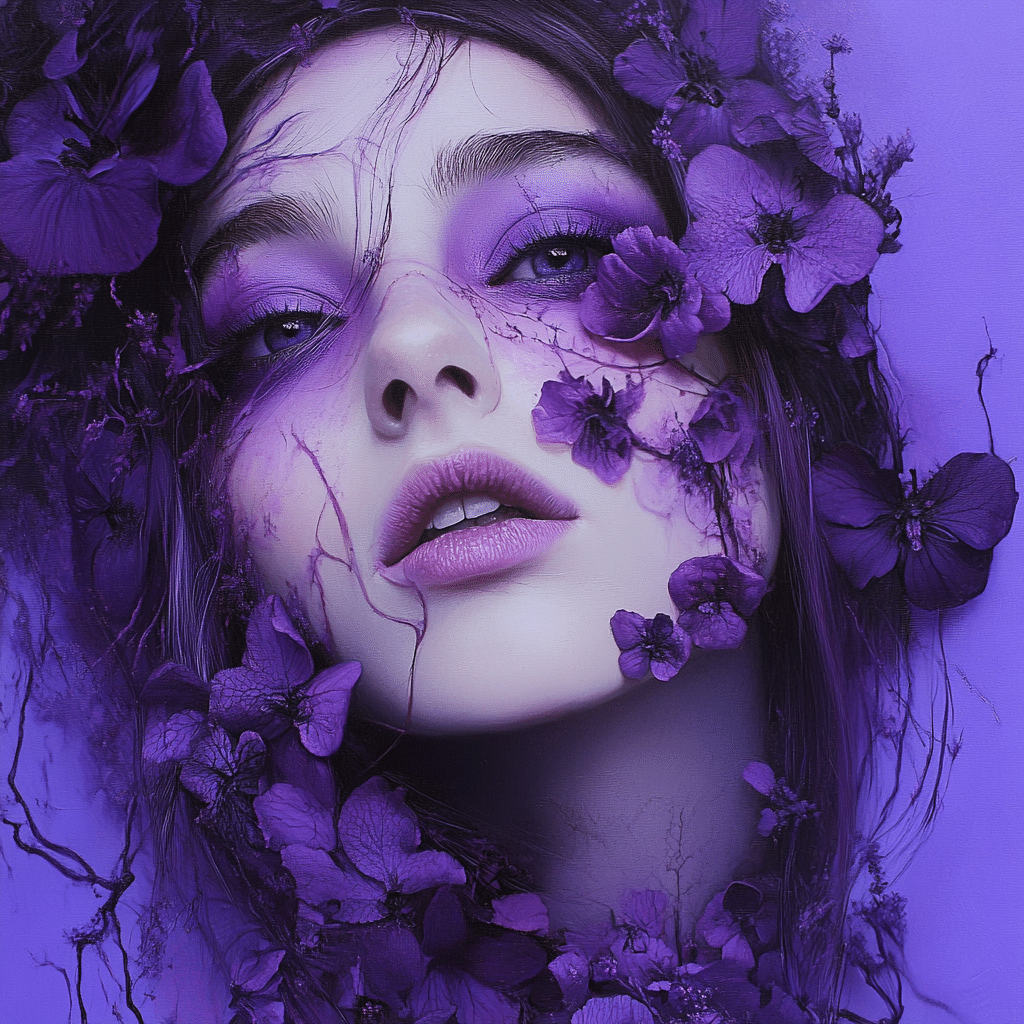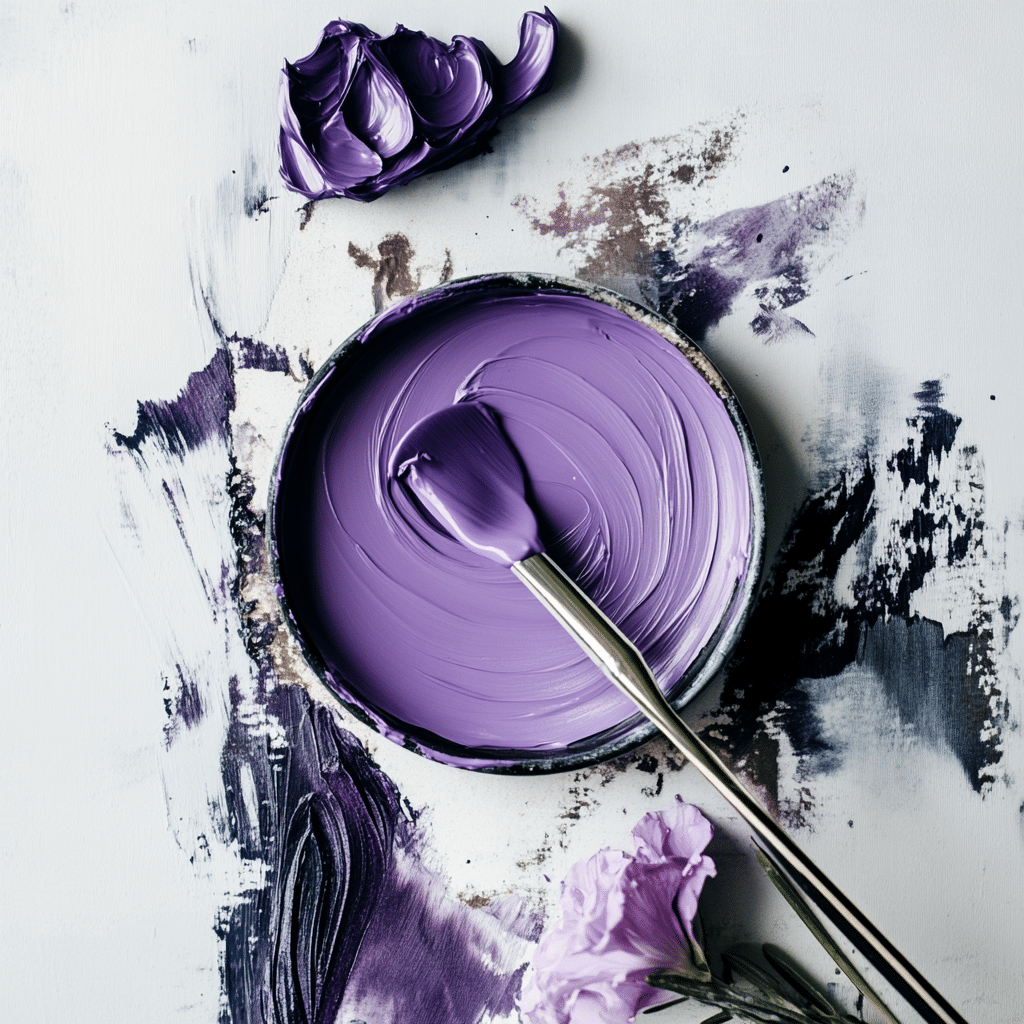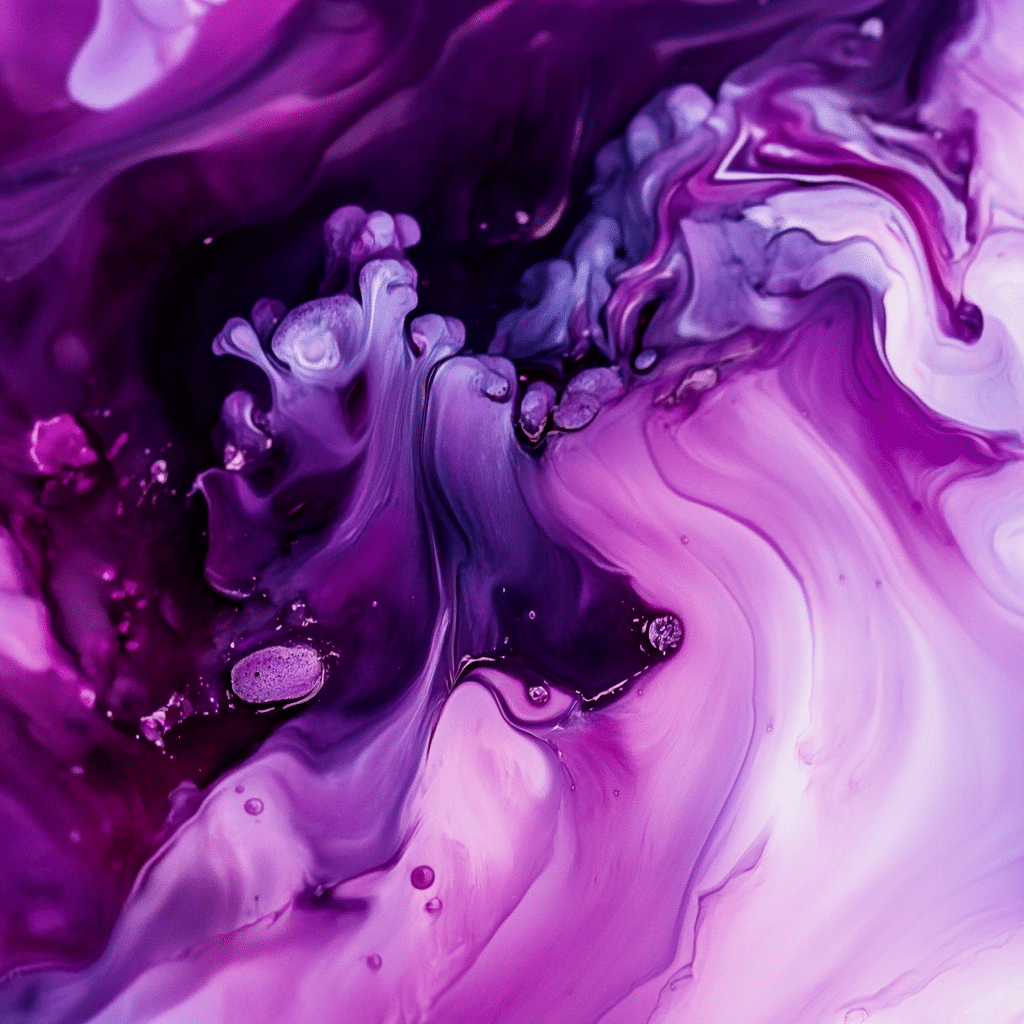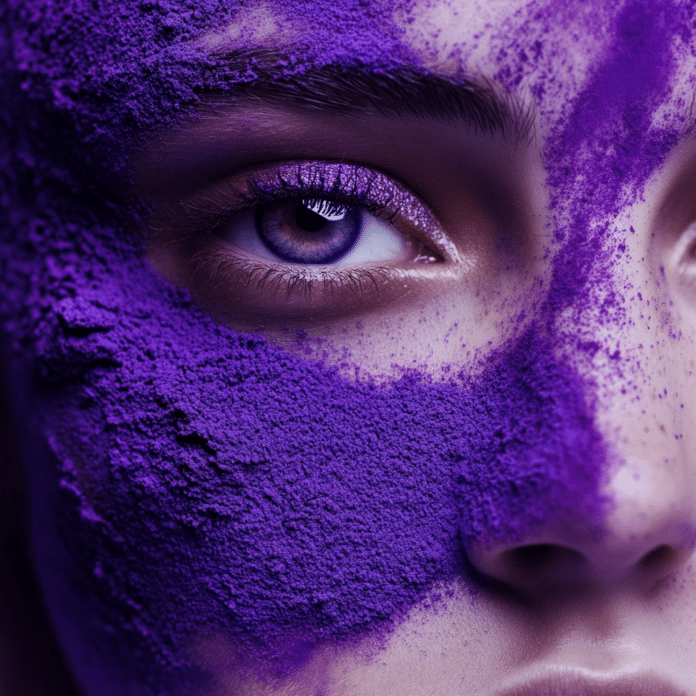Creating stunning artwork often starts with mastering color mixing. If you’re wondering how to make purple, you’re in for a treat. Purple is a secondary color achieved by blending two primary colors: red and blue. In this article, we’ll explore the science and emotional aspects of color theory, share hands-on mixing techniques, and discuss how to use purple effectively in various creative applications.
Understanding the Basics of Color Mixing for Making Purple
Before diving into color mixing, let’s understand the basics. The essence of color can evoke emotions and carry cultural meanings. Purple has long symbolized royalty, spirituality, and creativity around the globe, making it a popular choice among artists and designers.
When discussing color mixing, it’s essential to recognize the distinction between additive and subtractive mixing. Additive mixing occurs with light, blending colors like red, blue, and green, often used in digital art and screens. Subtractive mixing, on the other hand, involves pigments or paints, where combining colors like red and blue results in various purples.
Both mixing methods rely on understanding what colors make purple and how they interact. In various cultures, the combination of colors represents distinct meanings. For instance, red may symbolize love in one culture, while blue evokes calmness in another.
What Colors Make Purple: A Deeper Dive
Although it’s common knowledge that red and blue create purple, it’s the specific shades of these colors that determine your final hue. Let’s break it down:
Brands matter too! For example, Liquitex offers acrylics in different shades of red and blue that cater to artists’ varying preferences. Similarly, Winsor & Newton provides a superb selection of hues, allowing for experimentation. Recognizing these variations can massively impact how to make purple in your artwork.

Top 5 Mixing Techniques to Create Stunning Shades of Purple
Ready to roll up your sleeves? Here are five vibrant color mixing techniques that will help you master how to make purple:
Practical Applications: From Art to Design
Understanding how to make purple isn’t solely for traditional artists. Interior designers leverage the power of purple in spaces to evoke particular feelings. Bold, vibrant purples can energize an area, while softer lavenders often create a serene atmosphere.
Research from the field of psychology suggests that colors influence mood and productivity. Creative workspaces featuring purple hues have seen improved workflows. Designers like Kelly Wearstler utilize purple elements in her interiors to stimulate creativity and foster collaboration.
This knowledge also plays a role in marketing and branding. Take popular brands, for example, that incorporate purple in their logos, like T-Mobile and Yahoo. These choices intentionally communicate creativity and innovation, aligning with their target audiences.

Fun Connections: Other Creative Skills
Diving into how to make purple expands your creative repertoire! If you’ve got a knack for drawing, consider how purple can enhance your Halloween illustrations. For instance, when practicing how to draw a pumpkin, a rich purple background adds a spooky charm.
Additionally, when considering how to draw lips realistically, understanding color mixing can guide you toward the right shade that complements skin tones beautifully.
Thinking about languages? Many ask what is the easiest language to learn? Spanish tops the charts for its phonetic simplicity. On the flip side, what is the hardest language to learn? Mandarin presents complexities that can challenge even seasoned learners, pushing creative boundaries in both language and art.
Engaging with Color and Communication
Communication goes beyond mere words. Colors like purple carry significant meanings across cultures, symbolizing royalty, wisdom, and creativity.
Being attuned to how colors are perceived can elevate your storytelling and branding. Leaning into discussions like how to watch the debate about color perception shows awareness of how color impacts perception and mood.
Whether you’re creating art, designing a room, or building a brand, the symbolism of colors can help convey messages that resonate deeply with people.
Innovative Wrap-Up: Mix, Match, And Create
In your quest to understand how to make purple, think of it as a doorway to expanding your creativity. Engaging with vibrant mixing techniques unlocks countless possibilities across artistic and communicative domains. This exploration invites a renaissance of color in your creations and connections.
So grab those brushes, mix up some exciting purples, and remember—the palette of potential is vast, and purple adds a royal touch to every masterpiece you create!
How to Make Purple: Engaging Trivia & Facts
Mixing Colors for Vibrant Results
When you’re diving into the colorful task of understanding how to make purple, you might be surprised to learn that this regal hue is born from mixing red and blue. In some ancient cultures, purple was so rare and valuable that only royalty could wear it. This makes sense! After all, if you’re planning a wedding with stunning decorations, choosing purple for your color theme could make your bridesmaid dresses pop! Good taste can elevate any gathering, just like the exceptional taste of artists like Schuyler Frances fox, who knew how color could influence feelings and perceptions.
But wait—there’s more! Purple’s significance also spills over into nature; think of the gorgeous lupines you might find on a sunny day. If you’ve ever wondered about preserving those lovely blooms, check out this guide on How To preserve Flowers. You can keep the memory of those vibrant colors around! Speaking of memory, if a dragonfly visits you after death, it’s said to symbolize a connection to those who have passed, adding yet another layer of beauty and significance to the color purple, which often represents spirituality and transformation.
The Culture of Purple
Throughout history, purple has been a symbol of creativity and imagination. Perhaps that’s why purple tones inspire many artists and creators, including intriguing figures like Maureen Van zandt. Ever thought about how many shades of purple there are? From lavender to eggplant, each carries a unique vibe. Just like the ever-growing popularity of purple among fans of anime, bringing forth even more significance to the aesthetic choices of popular anime Girls.
Mixing colors is an art form in itself, especially when you bring in a splash of creative flair like you’d see in a high-stakes soccer match, such as Getafe Vs Barcelona. Passionate fans, pulsating energy, and vivid jerseys all contribute, just like mixing colors can bring a canvas to life. So next time you combine red and blue to discover how to make purple, remember: you’re not just mixing paint; you’re joining a rich tradition that spans across cultures, resonating with heart and emotion—a bit like the spellbinding performances of actors like Nadia Hilker or the captivating stories brought to life by stars like Cassidy Banks.
Now that you have a broader understanding, dive into the vibrant world of color mixing and let purple bring your imagination to life!




